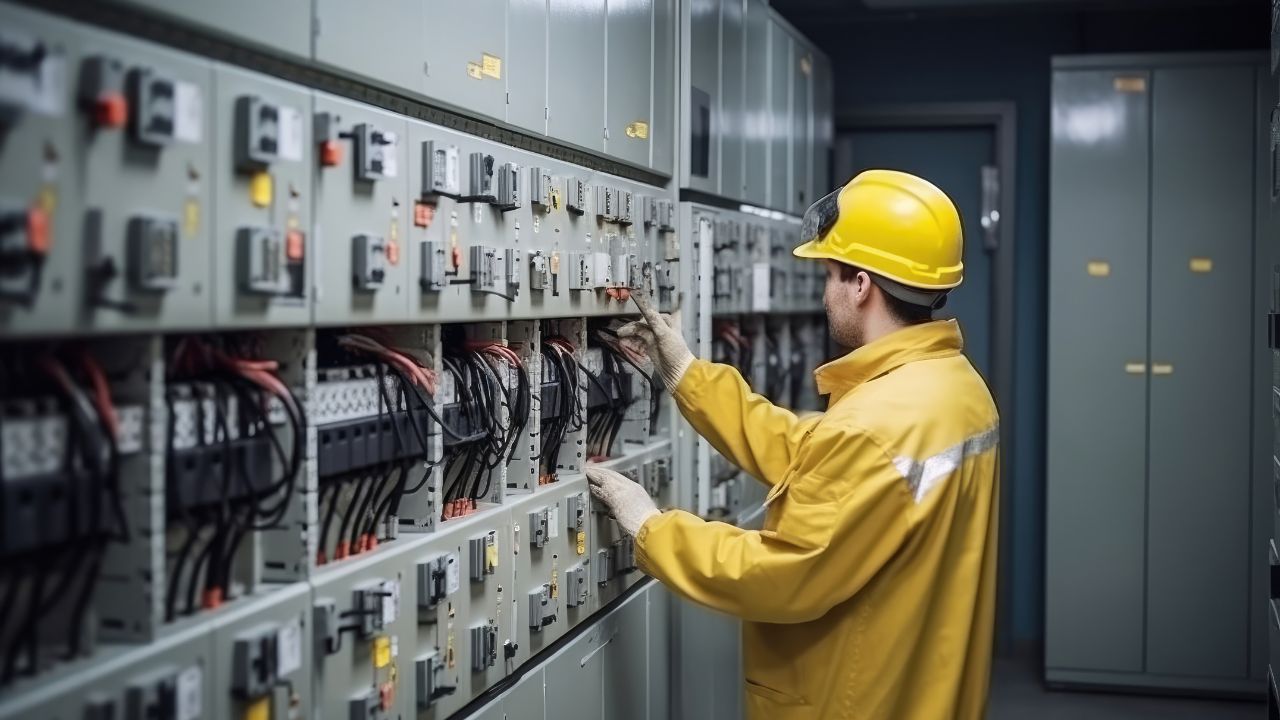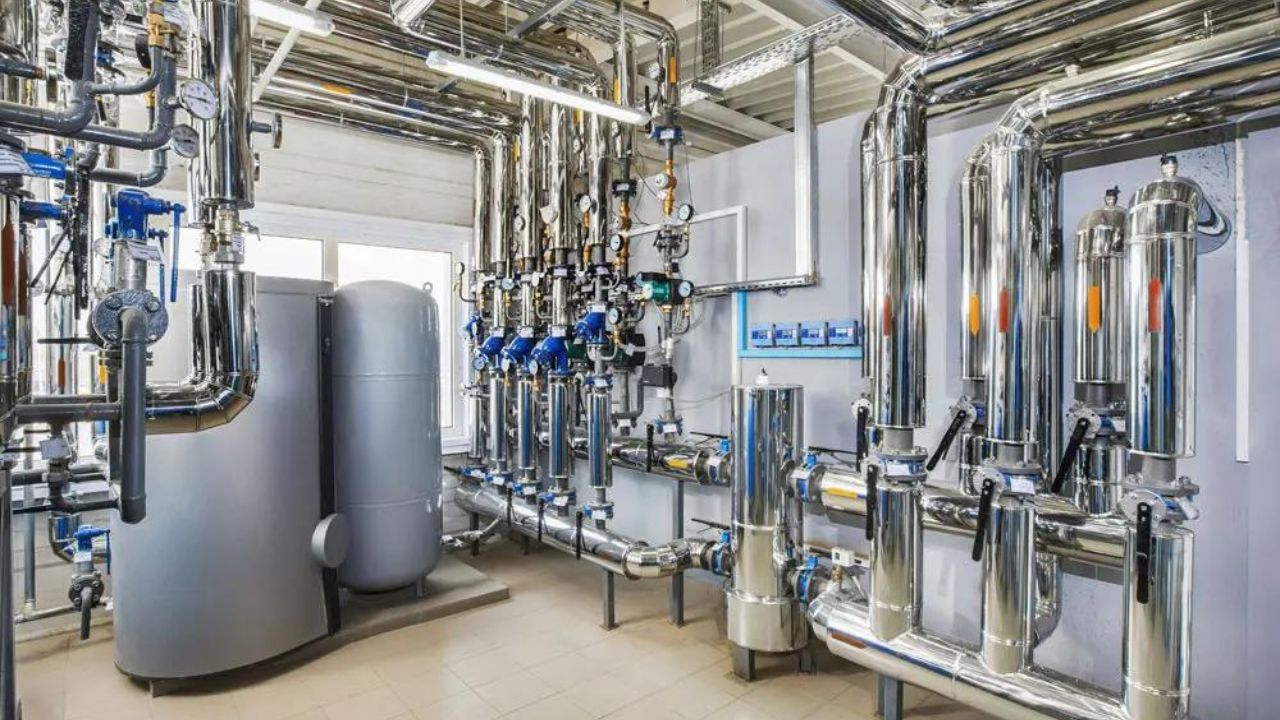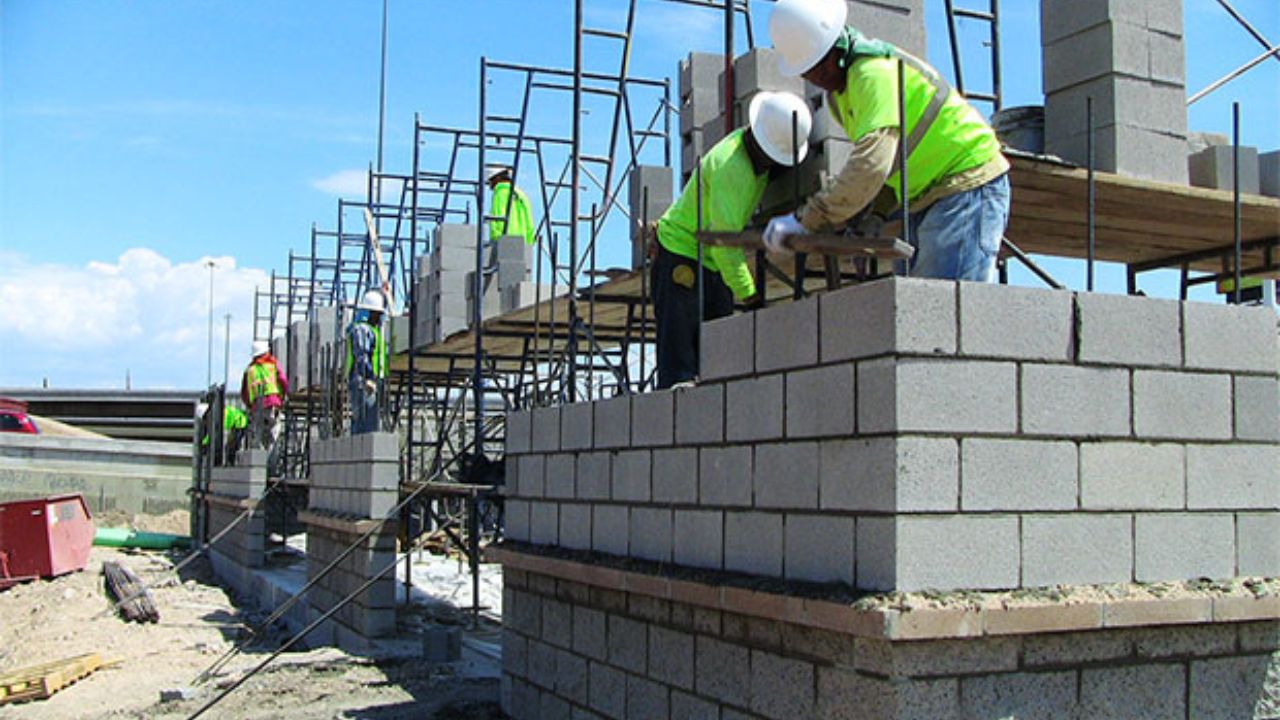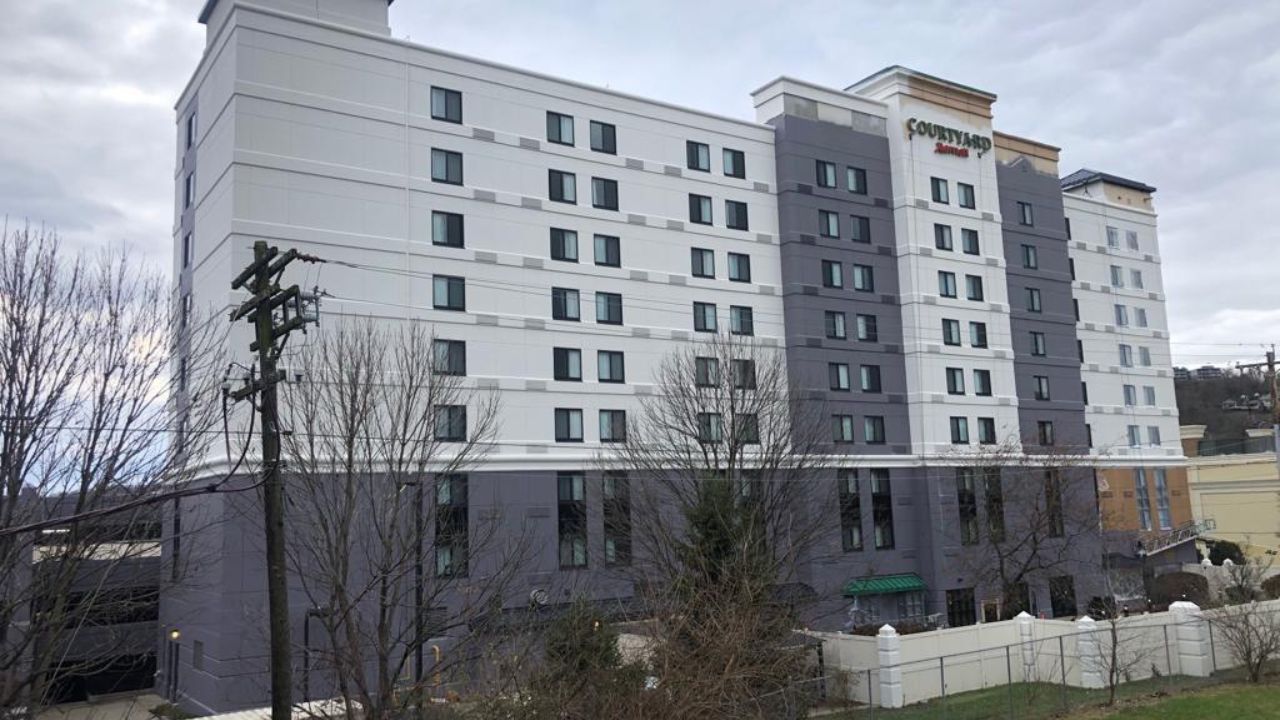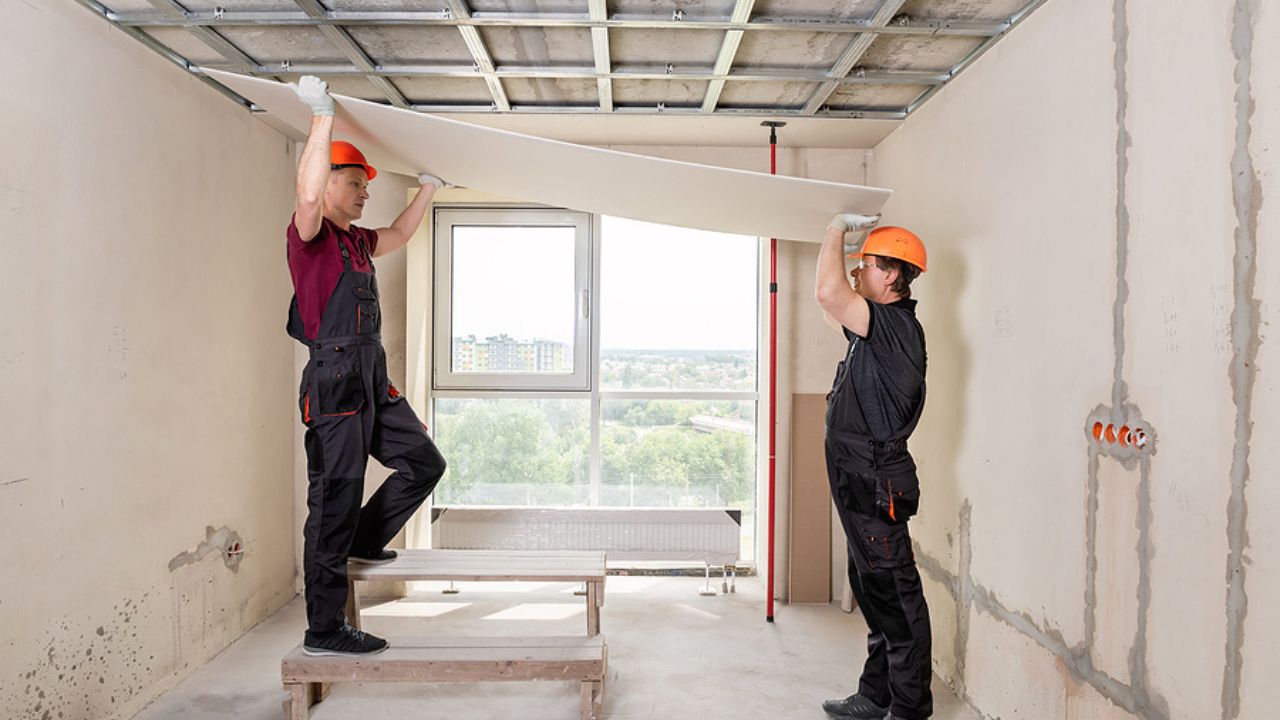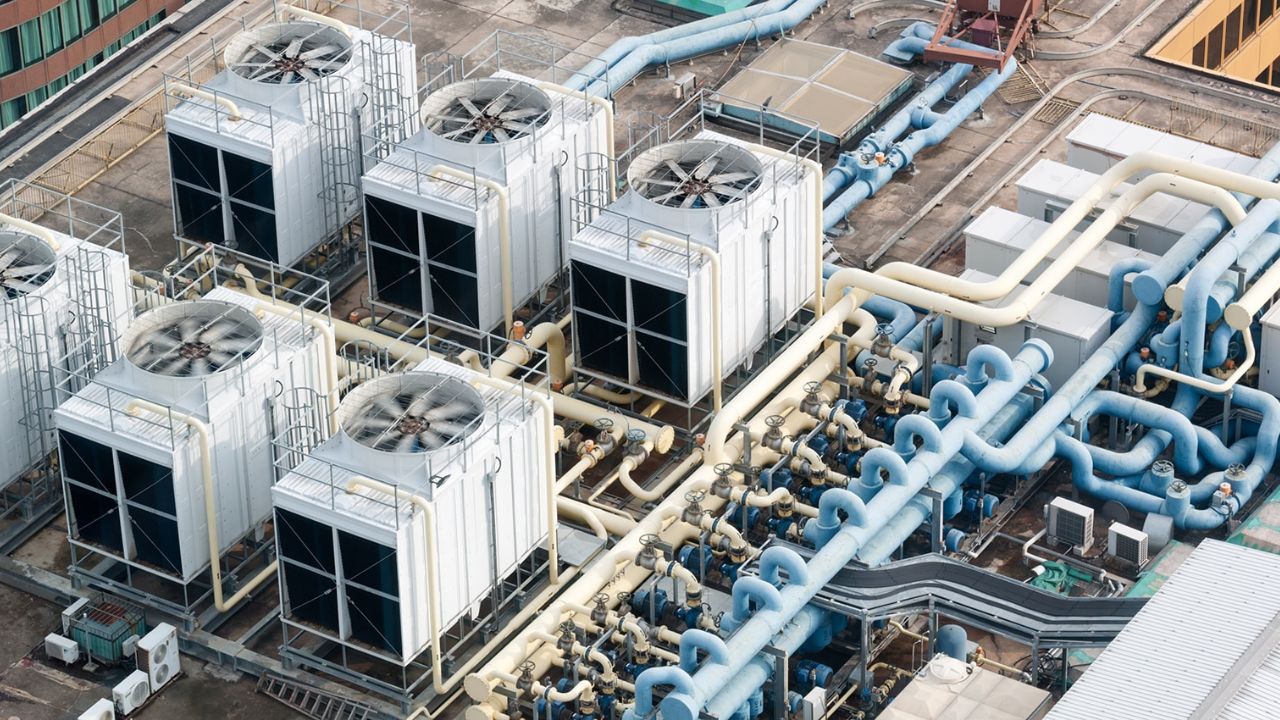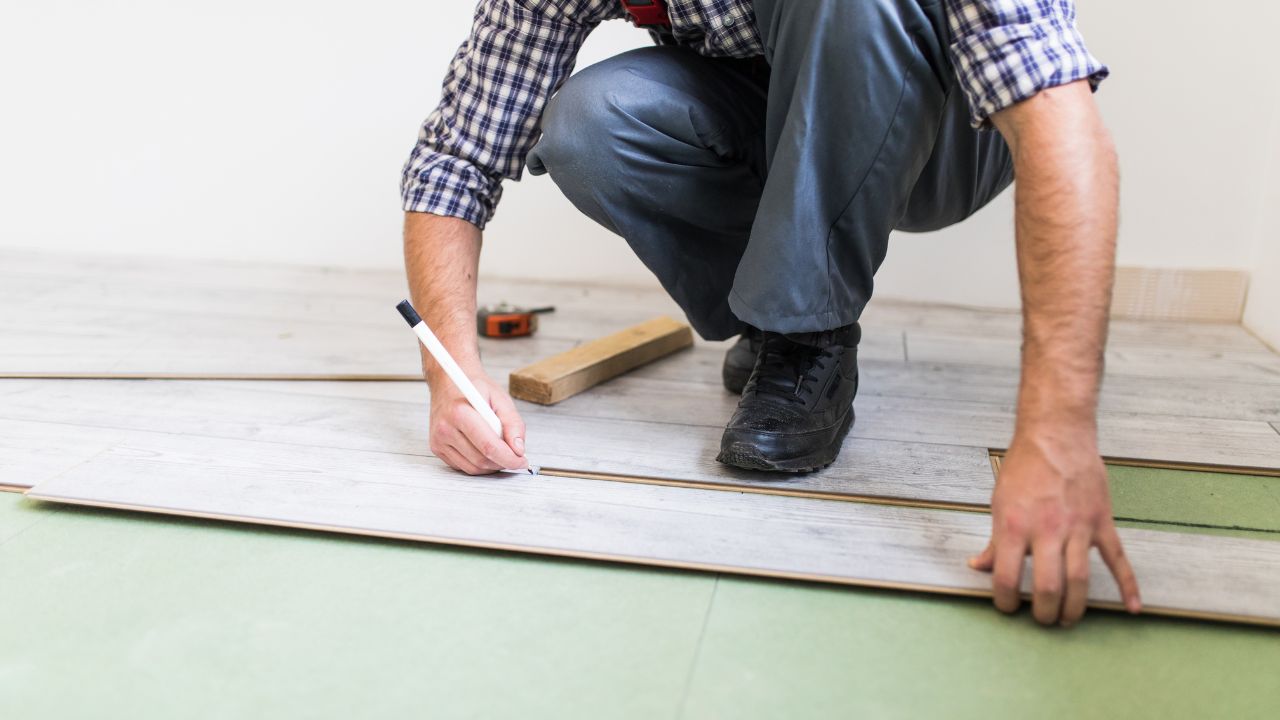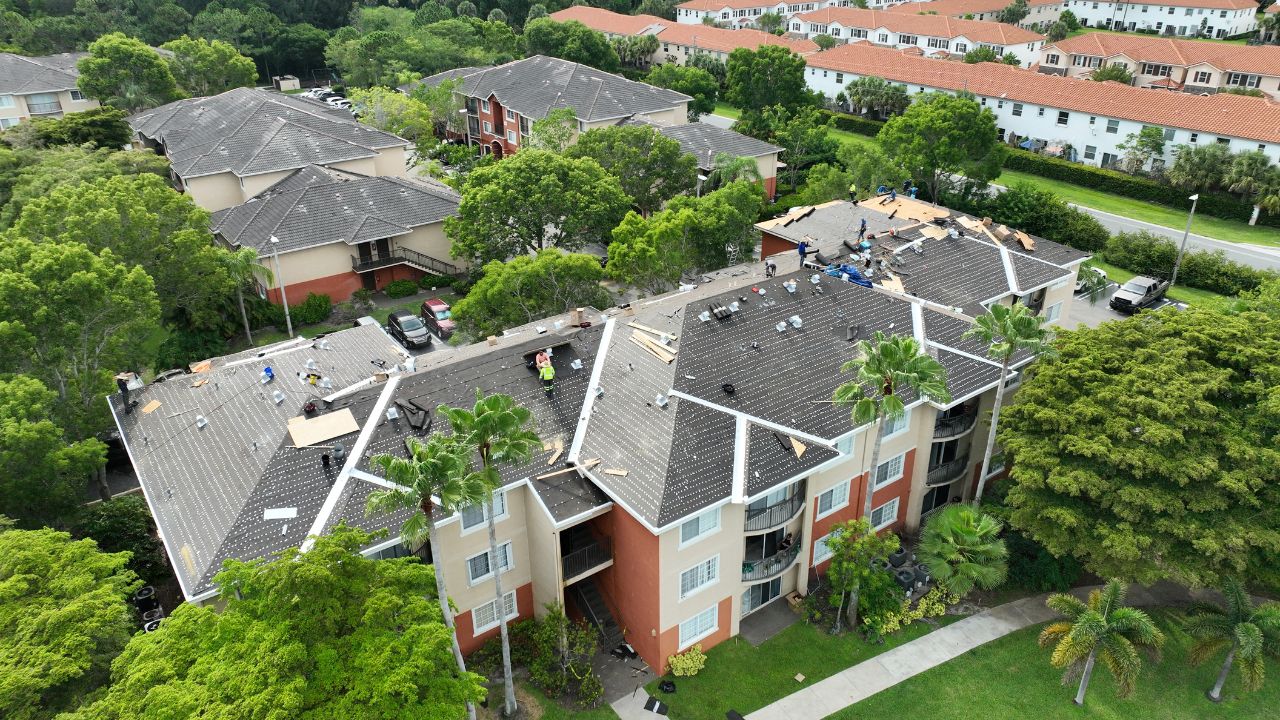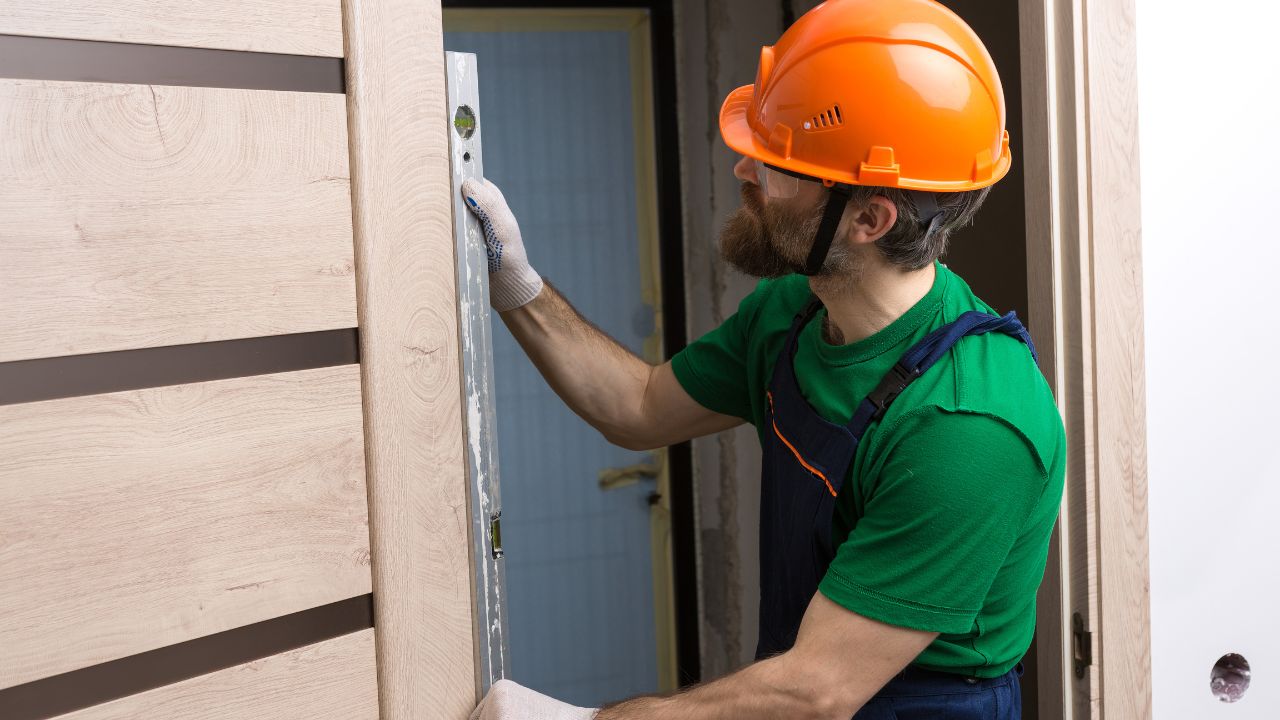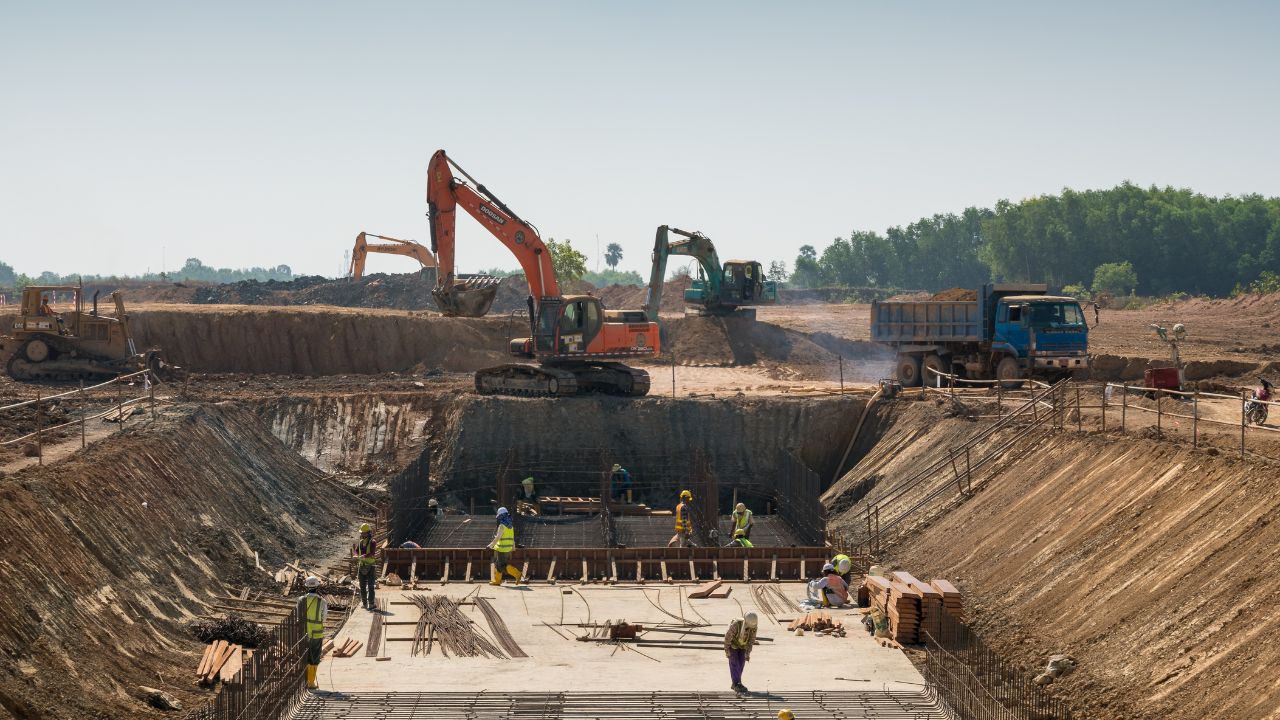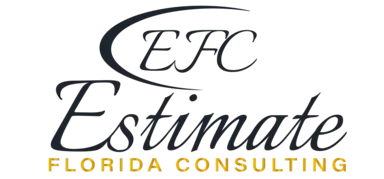- Homepage
- Drone-Based Progress Tracking and Quantity Surveying
Drone-Based Progress Tracking and Quantity Surveying
Leading provider of construction estimating services.
Drone technology has transitioned from an experimental innovation to a mainstream construction tool used by general contractors, subcontractors, developers, and project managers throughout the United States. In 2025, unmanned aerial vehicles (UAVs) equipped with high-resolution cameras and LiDAR sensors are not only capturing aerial site images but are also providing highly accurate data for progress monitoring and quantity surveying.
These advancements are helping estimators verify quantities on-site, validate subcontractor billings, identify project delays, and generate real-time as-built records. Florida, in particular, has become a leading adopter as the construction industry faces higher labor costs, greater schedule risk exposure due to hurricanes and rain events, and tighter accountability from owners and government agencies.
What Is Drone-Based Progress Tracking?
Drone-based progress tracking refers to the systematic use of unmanned aerial vehicles (UAVs) to collect high-resolution aerial site images and 3D scans of active construction sites.
Captured data is processed into orthomosaic maps, point clouds, and digital elevation models (DEMs) that allow contractors to accurately measure construction progress, verify installed work, and compare the real-world site to the project schedule.
Unlike manual walkthroughs, drone flights cover large areas (including roofs, façades, and difficult-to-access zones) in a fraction of the time and with substantially more detail. Progress data is updated on a weekly, bi-weekly, or even daily basis, depending on project needs.
What Is Drone-Based Quantity Surveying?
Quantity surveying performed with drones involves analyzing aerial imagery and 3D models to create accurate volume and area measurements of construction materials or earthwork completed on site.
Drone-generated point clouds and topographic models can be used to calculate:
- Cut and fill volumes
- Stockpile quantities and depletion rates
- Installed concrete volumes
- Road base placement
- Roofing and façade areas
These data outputs are often imported into estimating software and used to validate subcontractor progress payments or to adjust cost-to-complete forecasts.
How Drone Technology Works in Construction?
Component | Description |
UAV (Drone) | Device flown over the site capturing spatial data |
RGB Camera | High-resolution imaging (20–45 MP) for visual mapping |
LiDAR Sensor | Emits laser pulses to generate 3D point clouds |
Flight Planning Software | Defines flight paths / ground control points |
Photogrammetry Software | Converts images into 3D models |
GIS / BIM Platform | Used for interpretation, comparison and takeoff |
A typical workflow includes site planning, drone flight, data upload, point cloud creation, and integration with estimating or BIM platforms.
Construction Professionals For Your Project?
National Adoption Trends (2025)
Metric | National Average (2025) |
Contractors Using Drones for Progress Tracking | 56% |
Contractors Using Drones for Quantity Measurement | 38% |
Average Frequency of Drone Flights | Weekly or Bi-Weekly |
Most Common Use Cases | Earthwork, Concrete Slabs, Stockpiles |
Sectors with the highest adoption include:
- Civil / Infrastructure
- Multifamily Housing
- Industrial & Logistics Facilities
- Commercial Redevelopment
Key Benefits for Contractors and Estimators
Greater Accuracy
Drones provide centimeter-level measurement accuracy, particularly when combined with ground control points (GCPs) and RTK positioning.
Faster Data Capture
A full site can be mapped in under 20–30 minutes versus several hours or days with manual methods.
Transparent Documentation
Aerial images serve as time-stamped records of installed work. This is often critical when resolving disputes or tracking change orders.
Early Detection of Deviations
By comparing drone models with BIM or schedule models, contractors can identify where work is delayed or incorrectly installed.
Enhanced Quantity Verification
Estimators can plug drone-generated quantities into their cost models and validate subcontractor pay applications with real-world data.
Florida Use Cases and Regional Considerations
Florida contractors are among the highest adopters of drone technology in the U.S. due to several regional factors:
Regional Factor | Impact |
Frequent Weather Interruptions | Drone mapping helps recover lost schedule visibility after weather delays |
Coastal Topography & Flood Zones | Accurate grading and cut-fill measurement for site preparation |
Hurricane-Resistant Construction | Façade / roof inspections without occupying elevated areas |
Labor Scarcity | Field engineers can validate progress remotely using drone imagery |
Examples:
- South Florida Multifamily Developers use weekly drone flights to verify MEP rough-in completion by floor.
- Public Infrastructure Projects in Central Florida use drones for roadway earthwork quantity validation.
- Industrial Warehouses in Tampa-Lakeland region use drones to record steel frame erection progress and correct misalignments.
We Provide 3D Rendering Services!
For Construction and Other Projects
Turnaround time is 1-2 days.
Win More Projects With Us
Drone Sensors: RGB, LiDAR, Thermal and Multispectral
Sensor Type | Use in Construction |
RGB Camera | Photogrammetry, Orthomosaic maps |
LiDAR | Accurate 3D point clouds / earthwork volume |
Thermal | Identify moisture / insulation gaps / leaks |
Multispectral | Used less frequently; niche use in environmental monitoring |
LiDAR sensors allow for accurate ground surface detection even in partially vegetated areas, which is essential for sitework and land development in Florida where vegetation can regrow quickly during rainy months.
Workflow Process – From Flight to Quantity Validation
Step 1 – Flight Planning: Define flight path, altitude, overlap, and ground control points. RTK base station is established if high-precision is required.
Step 2 – Drone Flight: Drone completes an autonomous flight. Average flight time for a 20-acre site: ~25 minutes.
Step 3 – Data Upload and Processing: Flight data is uploaded to a photogrammetry platform (e.g. Pix4D, DroneDeploy). Photos are stitched into a 3D model and/or orthomosaic.
Step 4 – Progress Comparison / Quantity Measurement
- Overlay model on previous flight or BIM baseline
- Use volume tools to calculate cut/fill
- Export quantities (e.g. CSV, Excel, QTO format)
Step 5 – Reporting: Generate a detailed Progress Report with annotated geolocated visuals and quantity summaries.
Cost Breakdown of Drone Operations
Cost Component | Cost Range (One-Time or Ongoing) |
Drone (Hardware) | $5,000 – $22,000 (RGB + LiDAR) |
Photogrammetry Software | $300 – $600 /month |
Pilot Training & Certification | $600 – $1,200 |
Insurance | $1,500 – $3,500 /year |
Flight Ops (labor + data processing) | $145 – $290 /flight (avg.) |
Larger general contractors often internalize drone ops and reduce per-flight cost below $100 after initial investment. In Florida, drone usage is often subcontracted to aerial service providers for $150–$275 per flight.
Integration with BIM, 4D Scheduling, and Cost Estimating
BIM Overlay
Drone point clouds are imported into 3D BIM coordination platforms (Navisworks, Revit) and overlaid onto design models to verify physical progress.
4D Schedule Comparison
Aerial progress models are linked to the construction schedule to visually identify missed milestones.
Cost and Quantity Validation
Drone-derived quantities replace “assumed quantities” in payment applications, providing more reliable validation of earned value.
Integration | Benefit |
BIM + Drone | Physical-to-design conformance |
4D + Drone | Schedule validation / look-ahead |
Estimate + Drone | Real quantities for progress payments |
90% More Chances to Win Multifamily Projects with Our Estimate
Legal / FAA Requirements (National + Florida)
Before operating drones for construction applications, contractors must comply with FAA Part 107 regulations:
Rule | Requirement |
Pilot Certification | FAA Part 107 Remote Pilot License |
Visual Line of Sight | Drone must remain in direct visual line of sight |
Daylight Operations | Flights must occur during daylight hours (unless a waiver is obtained) |
Altitude Limit | Max 400 feet above ground level |
Controlled Airspace | ATC authorization required near airports |
State / Local Regulation | Special flight restrictions in some Florida cities; stricter near airports and military zones |
Failure to comply may result in penalties or delays in project progress approvals.
Common Challenges and Risk Considerations
Challenge | Description |
Weather Sensitivity | Rain and strong wind interrupt flight schedules |
Data Volume | Large image files may require long processing times |
Site Access Restrictions | Need permission when operating over adjacent properties |
Data Security | Secure data storage and access controls required |
Accuracy Calibration | Requires GCPs or RTK to reach ±1 in accuracy |
Change Management | Work deviations discovered by drones require prompt coordination to avoid rework |
Get 5 New Projects in the Next 7 Days With Our System
Future Trends (2026–2027 Outlook)
Trend | Description |
AI-Driven Drone Analytics | Automated defect detection and progress variance alerts |
Autonomous BVLOS Flight | Beyond-visual-line-of-sight (BVLOS) approvals enabling fully automated flights |
Integration with Quantity Takeoff Platforms | One-click export from drone model to QTO platforms / cost software |
High-Accuracy Mobile LiDAR | Portable units for small urban infill sites |
Increased Use in Disaster Recovery | Post-hurricane damage assessment and cost validation in Florida |
In Florida, future UAV integration will likely focus on flood impact assessment, hurricane response, and structural condition monitoring of building façades and roofs, especially in coastal areas.
Conclusion
Drone-based progress tracking and quantity surveying have moved beyond early adoption and are now proven components of modern construction management and cost estimating procedures. In 2025, drones offer measurable value across the United States by enabling faster data capture, increased measurement accuracy, and real-time verification of installed quantities.
Florida contractors face unique regional challenges such as unpredictable weather, tight work windows, flood-sensitive grading, and the use of hurricane-resistant materials. These conditions make precise and frequent field data capture even more critical. By integrating drone-generated datasets with BIM, 4D scheduling, and cost estimating systems, Florida-based construction teams gain better control over project delivery and a more transparent record of progress and earned value.
As AI-assisted analytics and automated drone platforms continue to mature, estimating and project control workflows will become increasingly data-driven and less reliant on manual field measurement. For construction professionals looking to remain competitive in 2025 and beyond, mastering drone-based progress tracking and quantity validation is becoming a core competency — not an optional add-on.
Frequently Asked Question
Drone-based progress tracking uses unmanned aerial vehicles (UAVs) equipped with cameras and LiDAR to capture real-time site data. This allows contractors to monitor project milestones, compare actual progress with schedules, and create accurate visual and 3D records.
Drones generate orthomosaics, 3D point clouds, and digital elevation models that can be analyzed to calculate cut and fill volumes, stockpile quantities, installed materials, and more. These measurements are used to validate subcontractor payments and update project forecasts.
Faster data collection compared to manual site walks
Centimeter-level measurement accuracy with RTK or GCPs
Reliable documentation for claims and change orders
Early detection of deviations and schedule delays
More transparent progress verification and cost validation
By 2025, more than 56% of U.S. contractors use drones for progress tracking and 38% use them for quantity measurement. Florida leads adoption due to frequent weather risks, high labor costs, and owner-driven accountability.
Drone data can be imported into BIM platforms (Revit, Navisworks) for physical-to-design comparisons, linked with 4D schedules to track milestones, and exported into estimating tools to validate subcontractor billings.
Contractors must comply with FAA Part 107 regulations, which require: a certified pilot, flights under 400 feet, daylight operations (unless waived), and ATC approval in controlled airspace. Florida has additional restrictions near airports and military zones.
Comprehensive Trade-Specific Estimates
At Estimate Florida Consulting, we offer detailed cost estimates across all major trades, ensuring no part of your project is overlooked. From the foundation to the finishing touches, our trade-specific estimates provide you with a complete and accurate breakdown of costs for any type of construction project.
Our Simple Process to Get Your Estimate
Upload Plans
Submit your project plans, blueprints, or relevant documents through our online form or via email.
Receive Quotation
We’ll review your project details and send you a quote based on your scope and requirements.
Confirmation
Confirm the details and finalize any adjustments to ensure the estimate meets your project needs.
Get Estimate
Receive your detailed, trade-specific estimate within 1-2 business days, ready for your project execution.


Our Clients & Partners
We pride ourselves on building strong, lasting relationships with our clients and partners across the construction industry.
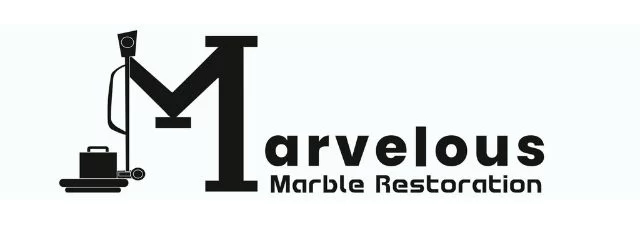

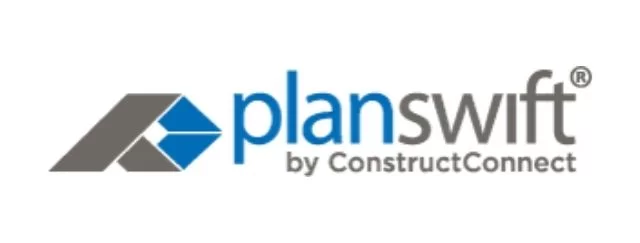
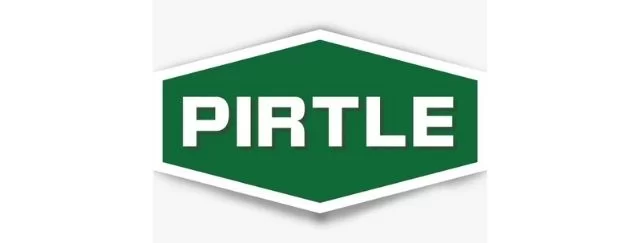

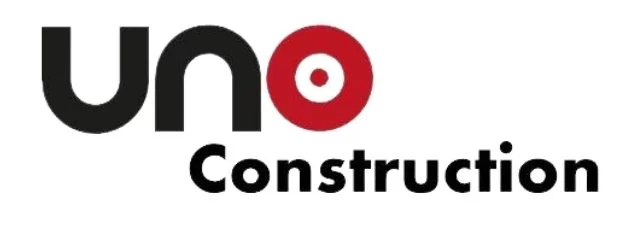
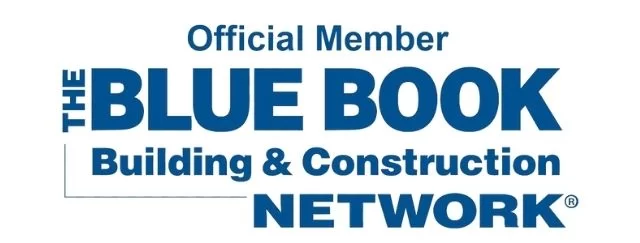
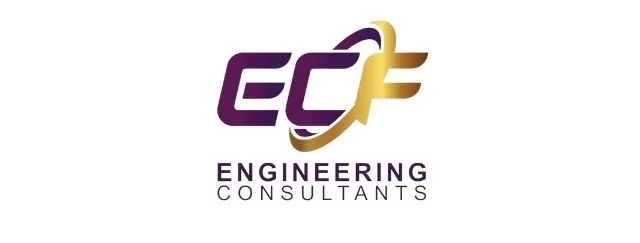
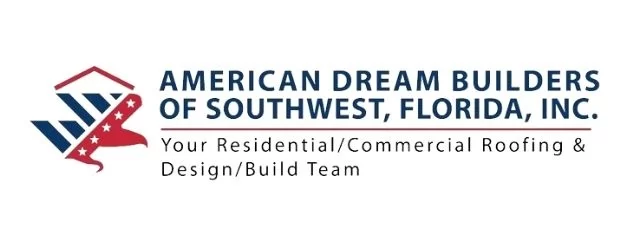
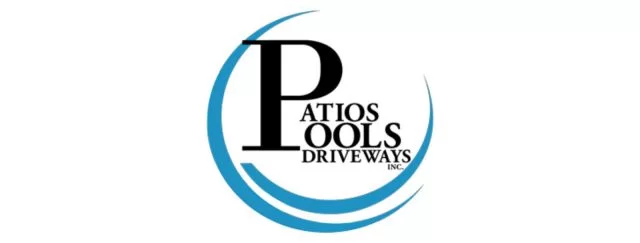

What Our Clients Say?
We take pride in delivering accurate, timely, and reliable estimates that help contractors and builders win more projects. Our clients consistently praise our attention to detail, fast turnaround times, and the positive impact our estimates have on their businesses.
Estimate Florida Consulting has helped us win more bids with their fast and accurate estimates. We trust them for every project!


